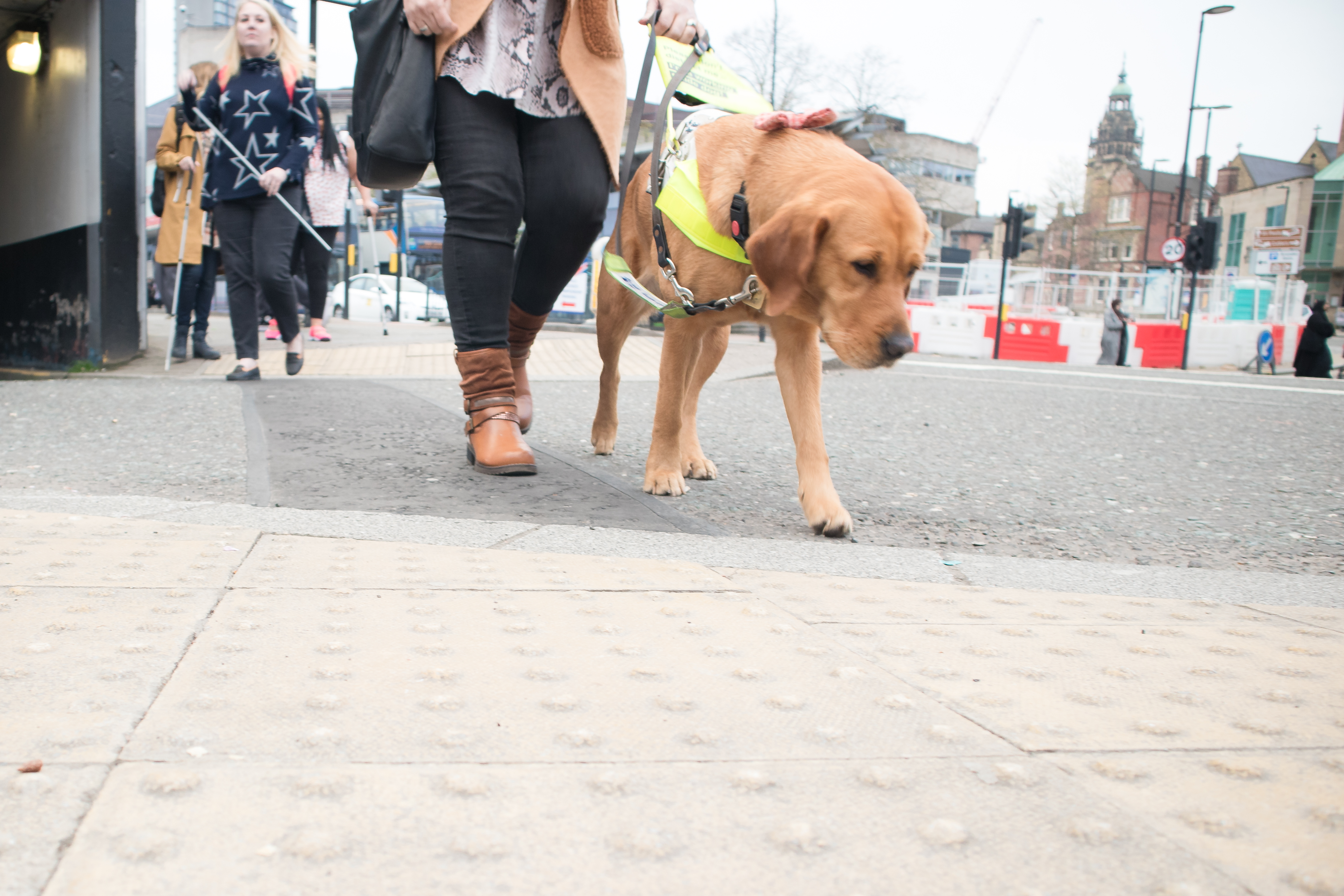Inclusive design
The Living Streets project 'Inclusive Design at Bus Stops and Continuous Footways' was funded by the Scottish Road Research Board, Transport Scotland, and Department for Transport.
Our remit was to answer the broad question: do continuous footways and ‘bus stop bypasses’ (and other arrangements where there is both a cycle track and bus stop) lead to people being excluded from use of the streets (and bus services), and what would make them more inclusive?
To answer these questions, we used a multi-threaded approach over a project spanning more than two years. This brought together hard data, softer evidence of real-life behaviours, and learning from literature, consultation, focus groups, and interviews.
Initial findings were refined through consultation with people with a range of differing views. The result is a set of conclusions which point to a complex and nuanced situation.
In submitting the findings to a wider audience, we hope that this is just the beginning of a much bigger conversation about what changes are needed to make streets more inclusive.
The observations, conclusions and recommendations in these reports are not a definitive statement of Living Streets’ position on bus stop bypasses or continuous footways.
In addition to the main pdf versions of the report sections we have provided adapted webpage versions. These are designed to be more accessible for those using screen readers or who need to magnify the text.

Image copyright Heard in London
Inclusive design
at continuous footways
Inclusive design
at bus stops with cycle tracks
